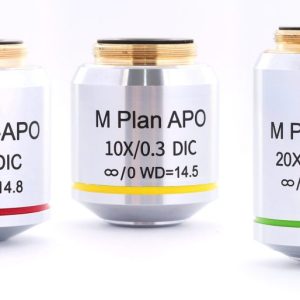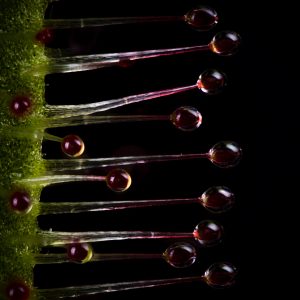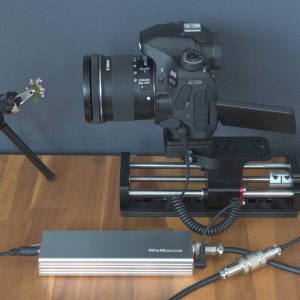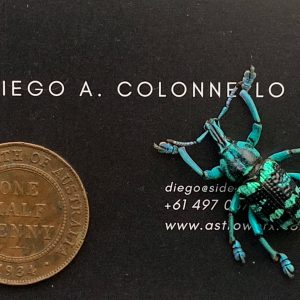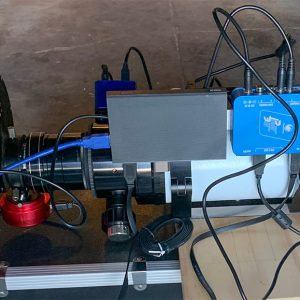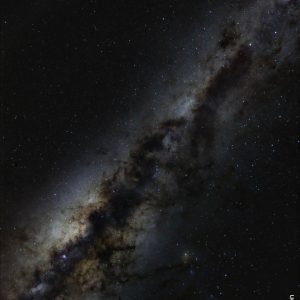Remember those horrible prickles in summer lawns? They’re often caused by Bindii, which have vicious spikes that stick a seed to your foot. The plant spreads itself using you as transport. Bill took a macrophoto of the Bindii using a WeMacro Rail and a reversed lens. You can see how nasty this creature is.
Macro Photography
What’s an infinity corrected objective, and why use it in macrophotography?
An infinity corrected objective is a lens used for macrophotography. It looks very much like a microscope lens, and when you pair it with a tube lens it has quite a few advantages over more traditional macro lenses.
Using the WeMacro Rail to photograph the Sundew, an insectivorous plant
Your first image with the WeMacro Rail
Macrophotography is the art of getting images of tiny subjects onto a camera sensor. I’ve been asked about getting started in macrophotography, and specifically the least expensive way of getting your first image with the WeMacro Rail. This blog shows you how to go out and get your first image, so I’m going to get down to basics.
Macro Photography with the WeMacro Rail
One of the things we like about getting images is they can tell stories so well. In the case of astrophotography you can literally see the development of a solar system or the birth (or the death) of a star. At the Australian Photographic Prize, I talked about macrophotography with other photographers, and it’s remarkably similar.
A caution about USB-C power supplies
USB-C is becoming an industry standard in astrophotography as it can use fewer cables by sharing power and data. However, some components need higher voltages through that USB-C cable. If you plug a 12V cable into a component that needs 5V you can cause damage. Please be careful!
What are high-speed filters?
Getting wide field Milky Way images – powering your camera and dew heater
Getting deep images of the Milky Way can take a lot of power from your DSLR’s battery. Using a dummy battery to power your camera means you can leave it running all night and you won’t have to change batteries. You power the dummy battery with a PegasusAstro DSLR Buddy, and that means you can also run a dew heater strap from the mains, or a big battery.

